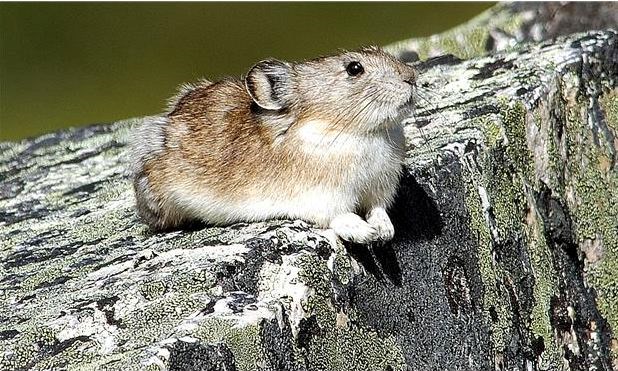Canada is listing nine B.C. species under the Species at Risk Act for the first time, ranging from a fly found in the South Okanagan to a lichen found in older forests within the Rocky Mountain Trench.
The federal decision follows the recommendations of a national group of scientific experts, the Committee on the Status of Endangered Wildlife in Canada.
COSEWIC chair Eric Taylor, a zoology professor at the University of B.C., said Tuesday: "This is just one of several positive signs the government is taking species at-risk seriously." SARA requires the federal government to develop recovery and management plans for species listed. The act makes it illegal to kill, harm, harass, capture, or take an individual of a listed species, or to damage or destroy its residence.
The species on the list are as follows:
Okanagan efferia, endangered: A predatory brown fly, up to two centimetres, with striking orange-golden bristles behind their eyes. In B.C., known from five locations in the grasslands of the southcentral province. Threats include grassland habitat loss or degradation, wild fires and related changes, invasive plants, a warmer climate as a result of climate change and pesticides.
Olive clubtail, endangered: A dragonfly measuring up to 56-60 millimetres, with widely separated eyes, swollen abdomen tip and clear wings. The thorax is grey-green with broad, brown shoulder stripes and the black abdomen bears a yellow mark on the top of each segment, with yellow on the sides. A good indicator of health for warm, lowland rivers in south central B.C.
Batwing vinyl lichen, endangered: A rock-dwelling lichen characterized by leafy, medium-sized lobes, with an upper surface bluish grey or sometimes brown. Species is shiny, hairless, finely wrinkled when dry, and bears small lobules. Occurs at three or four sites on Vancouver Island, with a combined surface area of less than nine square metres. Threats include competition from mosses and increasingly dry summers.
Crumpled tarpaper lichen, threatened: Distinctive, with moderately sized leafy lichen featuring several broad, mostly rounded lobes. Found only in Canada, mainly within humid, older forests of the Rocky Mountain trench, about 65 kilometres east of Prince George. Loss of old-growth forests makes the species more vulnerable to disturbances such as wildfire, disease and insect outbreak.
Horned grebe, special concern: A relatively small water bird with a breeding patch of bright buff feathers behind the eye. Known for its spectacular courtship displays and approachable nature. The species' Western Canada population is 200,000 to 500,000, mostly in Saskatchewan and Alberta.Threats include degradation of wetland breeding habitat, droughts, increasing predators (mostly in the Prairies), and oil spills.
Buff-breasted sandpiper, special concern: A medium-size shorebird that breeds in the Arctic and overwinters in South America. Males congregate to display to females during courtship. Habitat loss, fragmentation and degradation are primary threats. Breeding habitat overlaps mineral, coal, oil and gas development areas. Grasslands have been lost on migration routes. Exposure to agrochemicals a concern.
Peacock vinyl lichen, special concern: Measures two to five centimetres in diameter. The upper surface is pale to dark greyish or sometimes brown, bearing numerous, partly sunken button-like apothecia. Occurs from southern Vancouver Island north along the mainland inlets to the Homathko Valley, and eastward in the main valleys through the Coast Range. Threats include seasonal droughts and forestry.
Collared pika, special concern: A small mammal, related to the rabbit, and one of two Pika species in North America. Found in alpine boulder fields interspersed with meadows. Sensitive to climate change, and fragmention of habitat and populations. Pikas survive best under cool, dry conditions and changes in either direction leave them susceptible to death from exposure. Loss of suitable alpine habitat is also a threat.
Magnum Mantleslug, special concern: A large slug, measuring up to 80 millimetres. Most distinct feature is a large mantle that covers most of the back. Occurs in southeastern B.C., northwestern Montana, northern Idaho and extreme northeastern Washington, within the northern Columbia basin and adjacent mountains. Threatened by logging, recreational development and activities, wildfire and warming temperatures.



